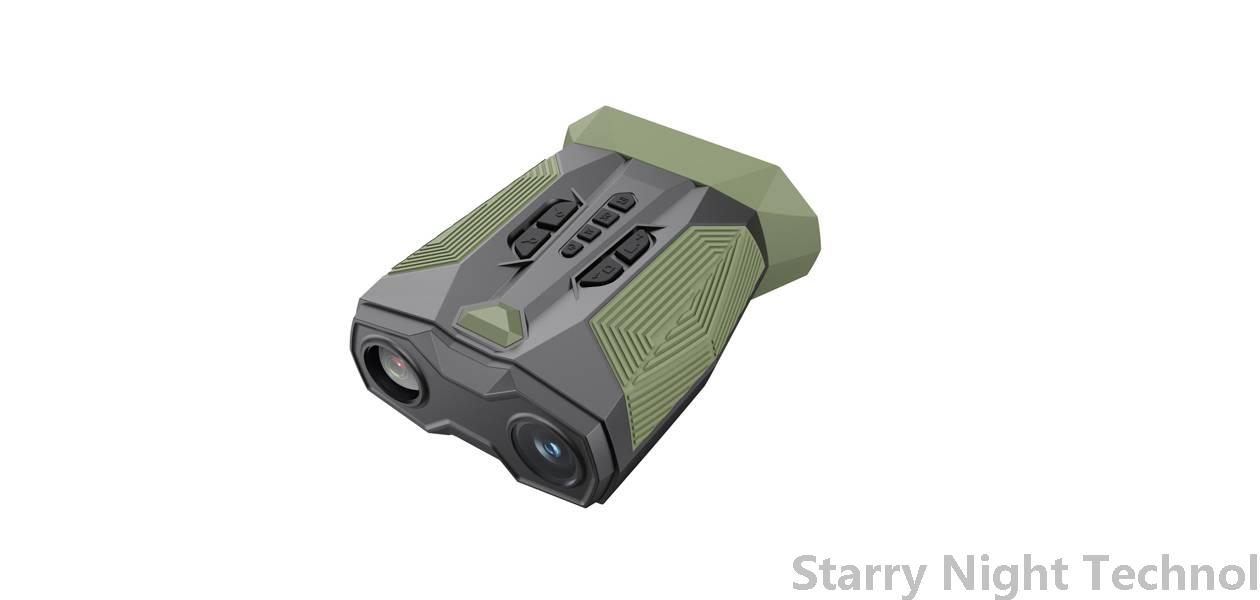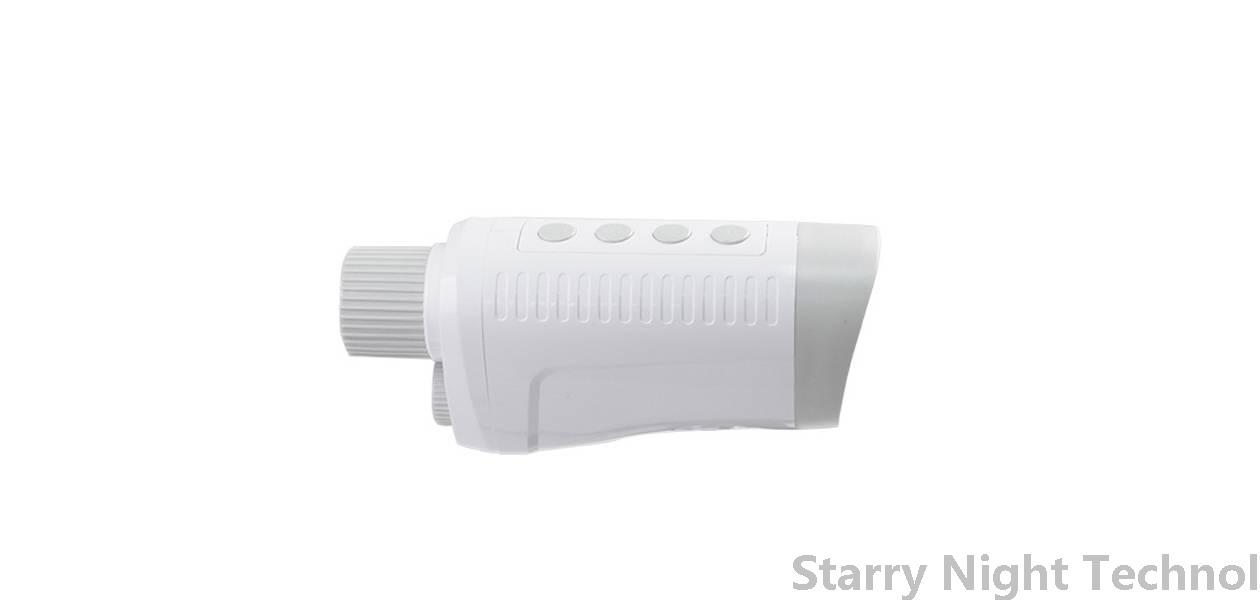The Protector of Intruder Detection: Nighttime Sentry
1751698813000

As technology evolves, so do the threats that come with it. In a world where security is paramount, the need to protect our homes and businesses has never been more pressing. Among various innovations designed to enhance safety, one tool stands out as a cornerstone for modern intruder detection systems – the nighttime sentry. This article delves into the concept of nighttime sentries, their significance in securing premises after dark, and how they leverage technological advancements to bolster safety.
#### Understanding the Concept of Nighttime Sentries
A nighttime sentry can take on several forms, including traditional security guards who patrol properties or advanced automated systems equipped with cameras, sensors, and artificial intelligence (AI). Regardless of the format, the essence of these sentries lies in their primary role: detecting potential intrusion when visibility diminishes.
Nighttime sentries operate within a dual framework—surveillance and deterrence. Their presence alone acts as a significant layer of protection against would-be intruders. Visible alarm signs, motion detectors, and outdoor lighting serve as physical manifestations of this vigilant watch, discouraging criminal tendencies before they can evolve into actual threats.
#### Technological Advancements Enhancing Nighttime Security
With the rise of smart technologies, nighttime sentries have undergone an evolution from mere human vigilance to sophisticated, tech-driven protective measures. Some key components enhancing nighttime security include:
1. **High-Definition Cameras**:
High-resolution IR (infrared) and night vision cameras are essential tools for nighttime surveillance. These devices not only capture clear images in low-light settings but can also be monitored remotely via mobile apps. With features such as automated alerts activated by motion sensing, homeowners receive instant updates if unusual activity occurs on their property.
2. **Smart Home Integration**:
Integrating security systems into a broader smart home network allows seamless communication between devices. Automated locking mechanisms, outdoor lights, and alarms can work in tandem based on sensor triggers. For example, a detected movement could illuminate floodlights and alert the homeowner while recording footage for evidence.
3. **Sound Alarm Systems**:
Audible alarms play a crucial role in deterring intruders. When integrated with other detection systems like cameras and motion detectors, sound alarms can significantly increase response time. Many models now utilize simulation techniques, mimicking the sounds of barking dogs or authoritative voices, which creates a psychological barrier for potential thieves.
4. **Artificial Intelligence Algorithms**:
AI-powered analytics streamline monitoring processes through pattern recognition. Instead of sifting through disproportionate amounts of data generated by camera feeds, intelligent algorithms distinguish between normal neighborhood activities and suspicious movements, allowing quicker responses.
 6. **Mobile Applications**:
6. **Mobile Applications**:Mobile access enhances immediate responsiveness alongside providing real-time updates. Through user-friendly apps, homeowners can monitor live feeds, issue remote commands, and even control IP-connected locks—all from miles away.
7. **De-escalation Tools**:
Advanced systems sometimes offer de-escalation options, ranging from verbal warnings broadcasted through speakers to effective engagement tactics, ensuring that tensions are diffused without unnecessary confrontation.
#### Implementing an Effective Nighttime Sentry Strategy
While the effectiveness of nighttime sentries ultimately relies on careful implementation, there are numerous strategies professionals suggest homeowners consider:
1. **Comprehensive Assessment**:
Conduct regular risk assessments around your property. Identify areas where vulnerabilities might exist—even popular blind spots among common architecture—to develop focused countermeasures.
2. **Layered Defense**:
Employ a layered security strategy combining physical barriers with technological support. Fences coupled with digital surveillance provide multifaceted protection metrics that prove daunting to any possible trespassers.
3. **Community Collaboration**:
Engage and communicate with neighbors about shared security concerns; forming networks fosters community mindfulness. Considerations such as shared surveillance cameras can extend reach without incurring excessive costs.
4. **Routine Maintenance**:
Ensure all devices remain functional through consistent maintenance. Regular checks guarantee that cameras, alarms, and lights consistently perform their roles effectively.
5. **Establish Protocols**:
Clearly defined protocols should guide responses to alerts. Family members or employee training sessions emphasize responsibilities amid arising situations—poised reactions reduce the risks associated with hasty decision-making.
#### Conclusion
In conclusion, the nighttime sentry concept bridges the gap between proactive safety measures and reactive ones. Incorporating advanced surveillance and interlinked technologies paints a robust picture of safety in today's threat dynamic. By adopting innovative solutions tailored to unique environments, homeowners and businesses alike can enhance their defenses against intrusions. Ultimately, investing in nighttime security represents practicality infused with empowerment—the ability to observe, deter, and respond becomes instrumental in achieving peace of mind as darkness envelops the very spaces we hold dear.
Which is a good night vision deviceStarry Night Technol

